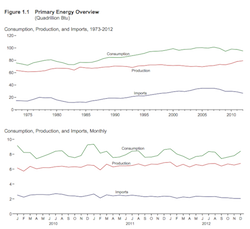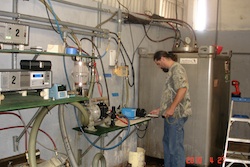EcoEngineers is offering a FREE webinar for renewable fuel producers to offer clear direction for successfully implementing policies currently in process by the Environmental Protection Agency (EPA). The informational webinar on QAP A AND B and EPA’S Notice of Proposed Rulemaking (NPRM) is set for Wednesday, April 3, 2013 from 1-2 pm CST. During this session, EcoEngineers Partner and Chief Engineer Jim Ramm, PE, and Managing Partner Shashi Menon will discuss the Notice of Proposed Rulemaking as it currently stands, including updates from the recent public comments hearing in Washington.
 In the webinar, (register here) EcoEngineers will be outlining their QAP program, making policy recommendations, collecting feedback from the producer community and recommending steps for producers to take in order to have their voice heard at the EPA.
In the webinar, (register here) EcoEngineers will be outlining their QAP program, making policy recommendations, collecting feedback from the producer community and recommending steps for producers to take in order to have their voice heard at the EPA.
“There remain serious questions and concerns about the path ahead regarding the requirements of a QAP and related costs. It is important that producers understand the nature of the changes and have a voice in policy formation,” said Jim Ramm.
The USEPA, in a Notice of Proposed Rulemaking, has outlined two Quality Assurance Programs, QAP A and B. While both programs offer significant upsides, including preferred purchase of QAP A and B RINs by marketers and Obligated Parties, there are also challenges including the potential variations in scope and costs associated with the ongoing rulemaking process.
At EPA’s request, EcoEngineers has provided input into the quality assurance process, based on conversations with many producers, and testified at the public hearing in Washington.
“To our current customers, we will continue to offer the leadership you have come to expect in effecting a smooth, seamless transition to EPA’s comprehensive approach to RIN quality assurance,” added Ramm, “To those still weighing their options, we offer our support in helping you find the best solution for your unique situation.”











